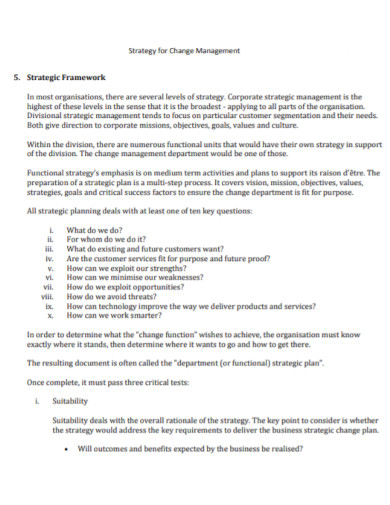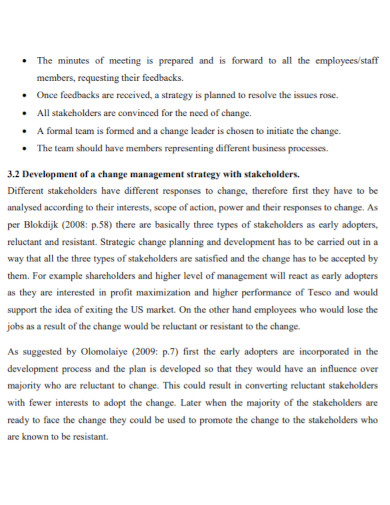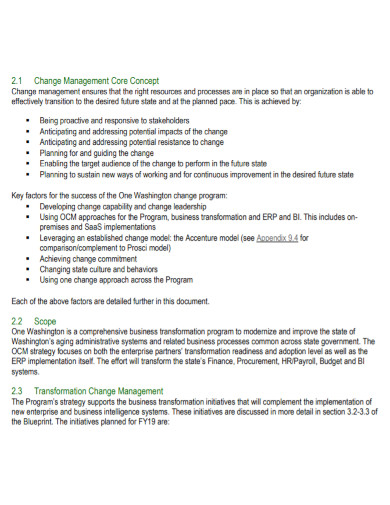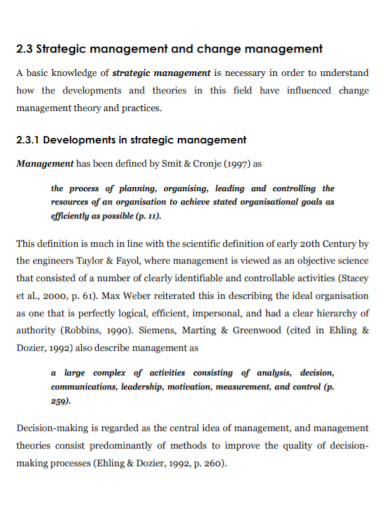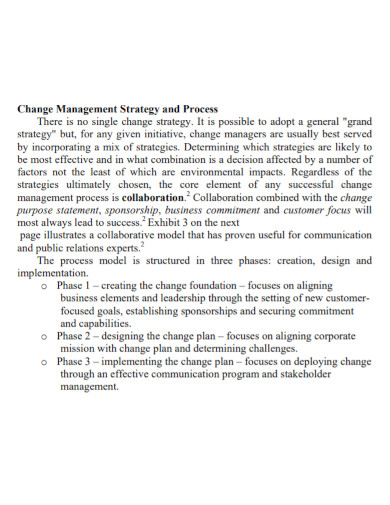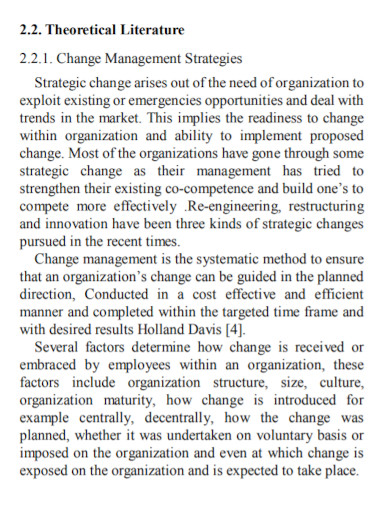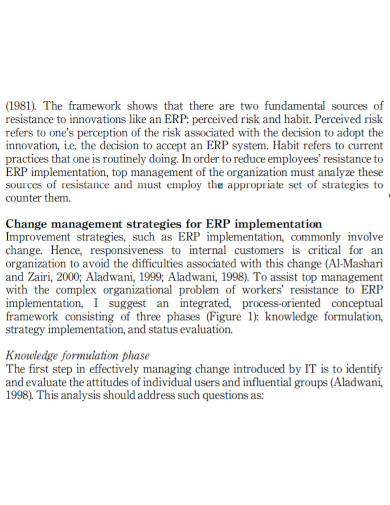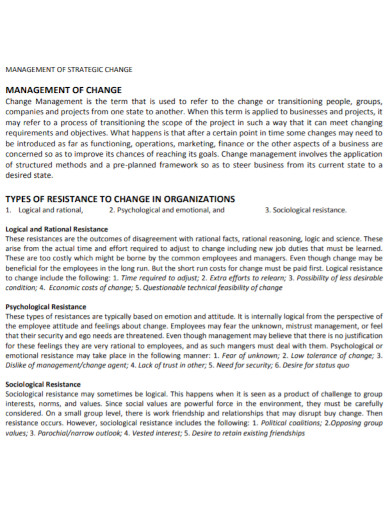10+ Change Management Strategy Examples to Download
Management strategies are like rules, but there is more to them. It is some sort of a philosophical approach in most business industries. This is best implemented especially if the employees understand them well. If you are the manager, you basically has to handle management duties. If you are an employee, you make your visions become a reality. The important thing is that everyone should have a specific management style. In this article, you will be able to get some ideas about what a change management strategy is in which it is being considered to be one of the success factors in any business.
10+ Change Management Strategy Examples
1. Strategy for Change Management
2. Stakeholders Change Management Strategy
3. Organizational Change Management Strategy
4. School Change Management Strategy
5. University Change Management Strategy
6. General Change Management Strategy
7. Business Change Management Strategy
8. Change Management Integrated Strategy
9. Case Study Change Management Strategy
10. Change Management Strategy for ERP Implementation
11. Project Change Management Strategy
What is a Change Management Strategy?
A change management strategy is the way how a particular organization address change in the internal and external areas of the company. It aims to minimize negativity brought by the changes while capitalizing on the transformation. Have you heard about the phrase “better safe than sorry”? It is always what every organization believes in every time a particular change comes. Having this type of management strategy means that you visualize on how would these changes affect your organization.
Elements in Change Management Strategy
Listed below are the elements that you may want to consider when trying to build your own change management strategy.
Planning – before you go through introducing a specific change that is occurring or has occurred, consider thinking about what you want to achieve and the way you introduce it to the members of your organization. It is also important to document all the changes and make a timeline.
Transparency – keep things quiet especially if the changes are already lurking. However, failure to announce that there are changes can make it more difficult to encourage a transformation. Your team may start thinking about how would these changes affect them. Do not put yourself in a situation where you have no choice but to sugarcoat facts. The best thing to do whenever there are negative results is to discuss about them. Transparency will always win in every situation.
Communication – it is always import to keep the communication within the team. Discuss why the change is essential and what can you all get out of these changes. Be open to questions and listen if there are any recommendations.
Involvement – all those who will be affected to the changes should be involved. Making them involved gains you support. This applies to any type of change and any type of situation.
Road Map – the road map helps in recognizing the current situation and be aware of the possible challenges and the steps that should be taken. This will also helps in ensuring that there will be no gaps in the process.
Training – this is appropriate under certain circumstances. If you are into introducing new technologies, procedures or skill, set up a training process. Ensure that each of the process will be catered which then depends on the level of knowledge and experience among the members of the organization.
Proposals – the proposals can be a great help in large organizations. This would help the members to engage more in thinking of a new plan ahead of time.
FAQs
Why do we need a change management strategy?
Every positive changes needs a change management in order to be successful. They define every approach needed to manage the changes given in a particular situation.
Why is it necessary to identify change characteristics?
Understanding the characteristics of change will enable you to know the scope of the change, the number of people affected, what is being changed and the time frame of change.
What are considered as the 7 R’s of Change Management?
The 7 R’s are as follows: reason, risks, resources, raised, return, responsible, relationship
Change is really a big thing, but you should not expect people to want changes all the time. Might as well help others to prepare for these changes. Their cooperation in every phase of the change is the best way to observe transparency. Following the process of creating an effective change management strategy will make you be ahead mostly in terms of the strategic approaches in the change management process.


![10+ Change Management Strategy Examples [ University, Stakeholders, Organizational ]](https://images.examples.com/wp-content/uploads/2021/05/10-Change-Management-Strategy-Examples-University-Stakeholders-Organizational-.jpg)
